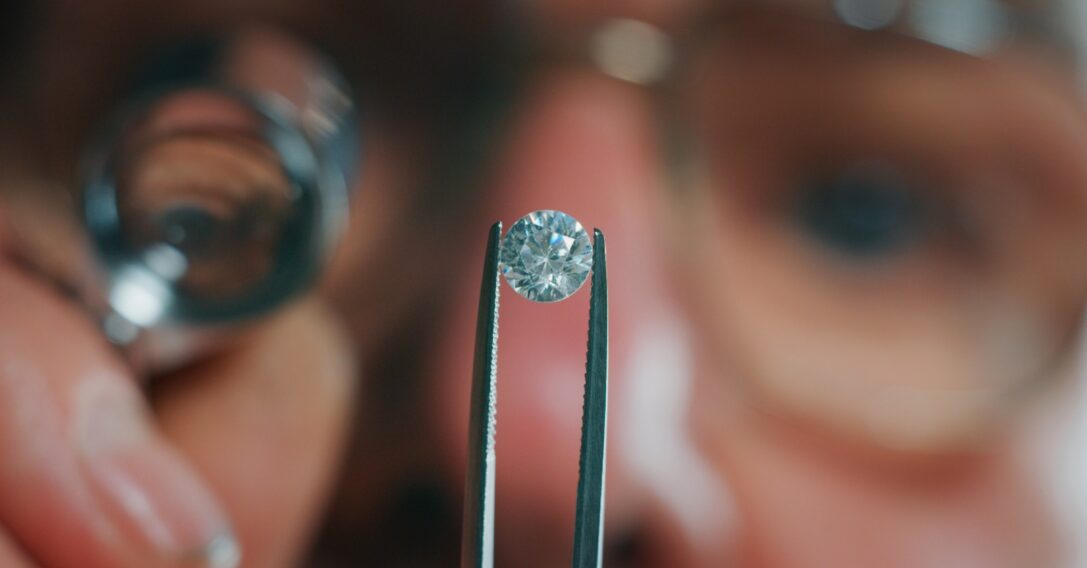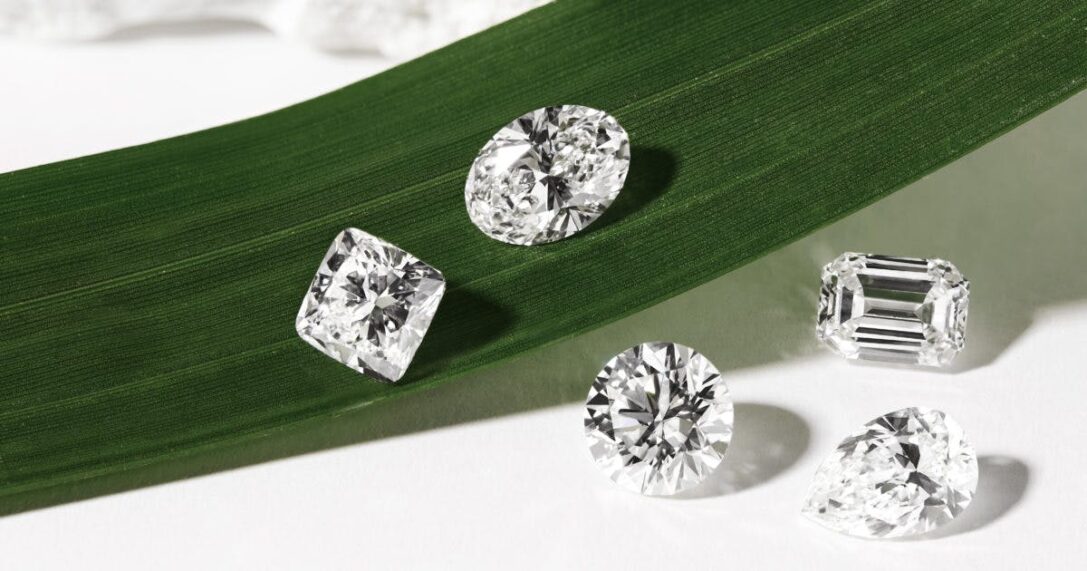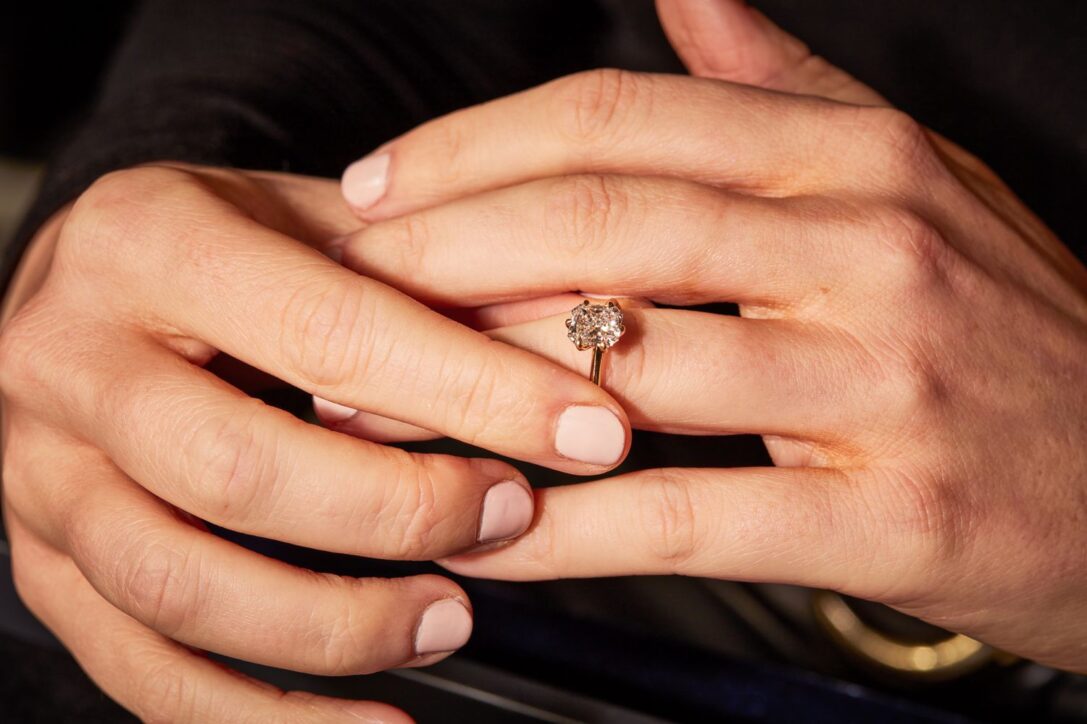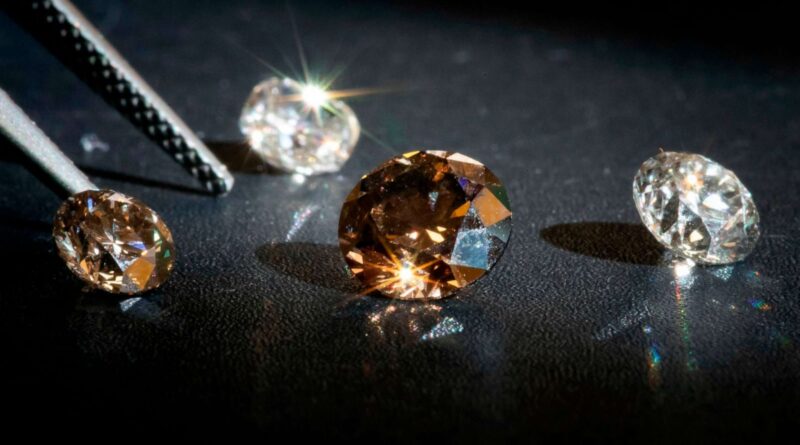Can Lab-Grown Diamonds Replace Natural Diamonds in the Jewelry Market?
Diamonds have been considered the ultimate symbol of love and commitment for centuries, but with the rise of lab-grown diamonds, the jewelry industry is being forced to reconsider what it means to be a “real” diamond. Lab-grown diamonds, also known as synthetic ones, are created in a lab using cutting-edge technology that simulates the intense pressure and heat that naturally form them in the earth’s mantle. But can these man-made diamonds really replace the allure of natural ones in the jewelry market?

One of the biggest arguments for lab-grown diamonds is their eco-friendliness. Natural diamonds require vast amounts of energy and resources to extract from the earth, and the process can result in significant environmental damage. Lab-grown ones, on the other hand, can be produced with minimal impact on the environment, as they do not require mining or the displacement of wildlife habitats. Additionally, the energy required to create a lab-grown diamond is significantly less than that needed to extract a natural one.
Another argument is their ethical production. Natural diamonds have a history of being associated with conflict, as some of them have been mined in war zones and sold to fund violence. Lab-grown ones, however, are free from these ethical concerns, as their production is tightly controlled and transparent. Consumers who prioritize ethical production may be drawn to them for this reason.
But what about the quality and value of lab-grown diamonds? Are they really comparable to natural ones? The short answer is yes.

In fact, they are virtually identical to natural ones in terms of their chemical and physical properties. They are made of the same material, and have the same brilliance, fire, and hardness. In fact, even trained gemologists cannot distinguish between a natural and a lab-grown one without specialized equipment.
Despite their similarities, there are some differences between natural and lab-grown diamonds that may affect their value. Natural diamonds are rare and difficult to find, which drives up their price. Lab-grown ones, on the other hand, can be produced in large quantities, which makes them more affordable. However, this does not mean that lab-grown ones are of lesser quality or less valuable. They are simply a different type of diamond.
However, they are gaining popularity, especially among younger consumers who are more environmentally and ethically conscious. In fact, some companies are now exclusively selling lab grown engagement rings, citing their eco-friendliness and ethical production as major selling points. These companies are betting that consumers will be willing to sacrifice the perceived rarity of natural diamonds in favor of a more responsible choice.

In conclusion, lab-grown diamonds are a viable alternative to natural ones in the jewelry market. They offer numerous advantages, including eco-friendliness, ethical production, and affordability, while still maintaining the same quality and beauty as natural ones.
While they may not completely replace natural diamonds, they are certainly gaining ground, and it will be interesting to see how the jewelry industry evolves in response to this trend. So, whether you opt for natural or lab-grown engagement rings, the important thing is to choose a diamond that reflects your values and commitment to sustainability.



